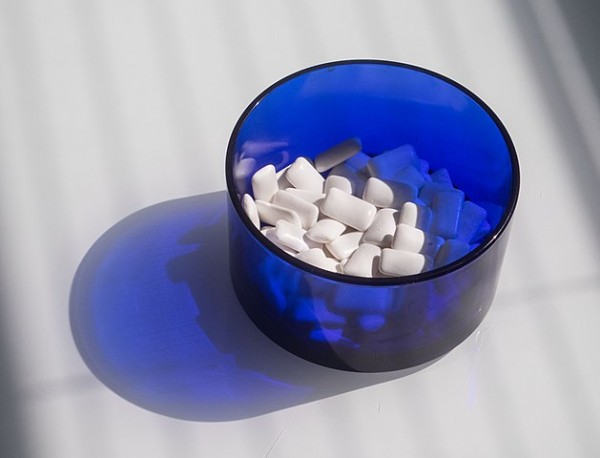Chewing Robot to Help Develop Medicated Gum

A study was recently conducted to verify if a 'humanoid chewing robot' could examine therapeutic chewing gum.
Medicated chewing gum has recently been recognized as a new medication procedure. Reportedly, there is no "gold standard," though, for assessing drug "release from chewing gum in vitro."
A study by Bristol University that came out in IEEE Transactions on Biomedical Engineering was conducted to verify if a "humanoid chewing robot" could examine therapeutic chewing gum.
According to reports, the robot can diligently duplicate the motion of human chewing in an enclosed setting.
Additionally, this technology features synthetic saliva, allowing for Xylitol's release. Xylitol, according to medical research, is an artificial sweetener found in the gum for measurement.
ALSO READ: Texas Hospital, First in State to Use Robotic Biopsy Tech That Improves Lung Cancer Survival Rate
Xylitol Gauged between Humans and the Chewing Robot
Based on the Bristol University study, researchers intended to compare the quantity of Xylitol left in the gum between human volunteers and the chewing robot.
More so, the research also aimed to evaluate the amount of Xylitol released from gum-chewing carefully.
Scientists also found the chewing robot exhibited a similar xylitol release rate as human volunteers. The most significant amount of Xylitol released took place during the first five minutes of chewing.
Twenty minutes of chewing later, the study indicated, only a small quantity of Xylitol stayed "in the gum bolus" regardless of the manner of chewing of the gum.
DON'T MISS THIS: Taking Beta-Blockers for Women With Hyper Tension May Lead to Increased Risk of Heart Failure
Actual and Artificial Saliva Collected
Both real and synthetic saliva solutions were collected respectively "after five, ten,15, and 20 minutes" of the constant chewing. As a result, there is an establishment of the quantity of released Xylitol from the chewing movement.
Study leader Dr. Kazem Alemzadeh, in a statement, said bioengineering had been utilized to devise a synthetic oral environment closely mimicking, found in humans.
Their research, the study leader who is also a senior lecturer in the Department of Mechanical Engineering added, has exhibited that the chewing robot provides pharmaceutical firms with the opportunity of investigating therapeutic chewing gum.
Restorative Dentistry professor Nicola West added the most convenient administration route of medicine to patients is through "oral delivery" procedures.
The professor also said, this study, using an innovative human synthetic oral environment, has the possibility of revolutionizing further examination into "oral medication release and delivery.
How Does Xylitol Works?
Xylitol has a sweet taste. However, contrary to sugar, it is not converted to acids, which lead to tooth decade inside the mouth.
Instead, Xylitol lowers the levels of bacteria that cause decay in saliva. It also functions to fight some bacteria that lead, specifically to ear infections.
Another feature of Xylitol is its ability to prevent tooth decay. Consumption of products that contain Xylitol like chewing gum, toothpaste, and candy, among others, can help reduce the cavity formation rate each day, as long as each could offer one to 20 grams of Xylitol every day.
According to research, products with xylitol content appear to work more effectively, compared to products that contain "sorbitol" in terms of fighting cavities.
However, there are some chewing gum levels with xylitol content in just small amounts of a milligram, far lower than the gram doses needed to prevent tooth decay.
Lastly, Xylitol can also help reduce incidents of ear infections among preschool students. With it, having adequate doses after meals to young kids appears to considerably lessen the occurrence of ear infections, as well as their need to take antibiotics.
IN CASE YOU MISSED THIS: At-Home Blood Pressure Monitor: 5 Things to Consider When Choosing a Reliable One
Jul 16, 2020 08:30 AM EDT





